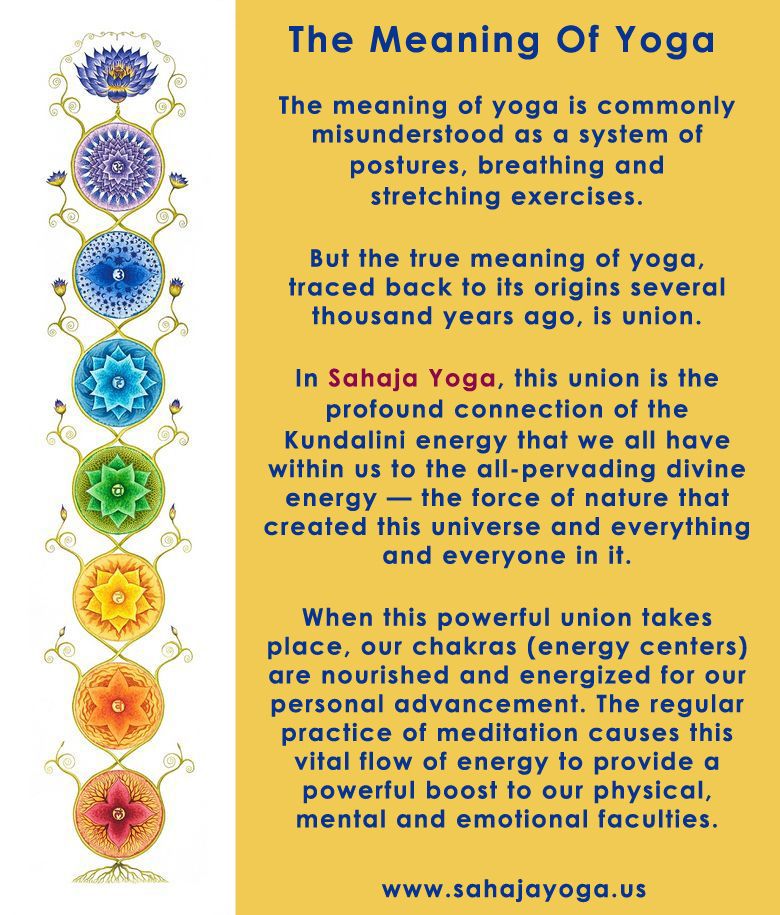
Sanskrit means "unite" or "join". Yoga's origins are from Sanskrit. This union refers to a union of mind and body, and to the individual consciousness with universal consciousness. In India, yogic practices were practiced in the early decades of the 20th-century. Lord Shiva was the first known Yogi. He disseminated it via his writings. These books were translated into many languages and distributed to different regions around the globe.
As yoga became more popular, it wasn't uncommon for the practice to be seen as more westernized, particularly in Europe. In the early 1900s VHS tapes and DVDs were popularized, which led to widespread distribution of yoga videos. Yoga became popular due to the rapid spread of the Internet and the booming fitness industry. In the 1990s, it was possible to reach large audiences with the transatlantic flight and microphone.
The history of yoga dates back thousands upon thousands of years. It was practiced for spiritual purposes, but it only came to the attention of Westerners during the mid-19th century. Swami Vivekananda, an Indian monk brought the practice to the rest of the world. Later, he taught yoga in the West where it became very popular. This is an excellent way to learn about the history of yoga.

The roots of yoga date back to ancient India. The Vedas are the oldest of all the four Vedas and contain references to yoga. The Rigveda has over a thousand hymns, and 200 mantras. The Rig Veda was used by priests of the Vedic age to learn about the different positions and postures of yoga. Later centuries saw many Rishis refine the practice and bring it into the 21st century. The Upanishads, another excellent source of information, provide a wealth of historical information about yoga.
Yoga history started with ancient Indian yoga being mentioned. Asanas are physical postures that were added to the practice. Hatha yoga became popular in the U.S. in the 1900s. Many teachers added asanas into their classes. In the 1970s, the practice gained acceptance worldwide. Yoga's popularity and spread was fueled by its birth in the United States.
Yoga has a complicated history. Yoga's origins date back to 2000 BC when it was primarily a mind-body practice. It was then influenced by western gymnastics and the first Hatha Yoga practices were created. The practice developed into Hatha yoga in the 1920s. Asanas can be used today to help achieve this goal.
Yoga has a long history that goes back to ancient India. The practice of yoga thousands of years ago was very different to the Vinyasa classes we have today. But, if you study the history of yoga, it will make it easier to understand and appreciate it. It is important to note that ancient yoga was not the same practiced as modern-day Yoga. It is possible to trace the origins of Yoga back thousands of years. This will help you gain a greater appreciation for the practice.

Yoga has a long history. While the Hindu culture was predominant among ancient yogis, it had a strong influence on them. Yoga was generally banned in the west because of its British origins. It was only after this that the practice of yoga spread throughout Europe and the US. In the latter 1800s, yoga was introduced to the United States from India by gurus. Asana refers to a type of meditation.
Asana is the core of all yoga practices. Asana is a very ancient practice. Yoga was spiritual and religious in the 5th century. Jainism and Buddhism were also considered ancient religions. The first systematic presentation of yoga practices and beliefs in Hinduism and Jainism occurred during the Classical Period. Yoga's influence and popularity grew for many centuries. But as with any new practice, the roots of it are still rooted in the same principles and ideals.
FAQ
How many calories should you consume each day?
The exact amount varies depending on the person. On average, between 2000 and 2500 calories a day. It's important to assess your life style, gender, age and height in order to determine how much calories you need.
What is the Best Workout for Men Over 40 Years?
For older men, the best workout usually gives them more energy and improves their stamina.
It is important for you to know that over 40s experience a reduction in testosterone which can lead to lower sex drive.
This does not mean that you should stop engaging in physical activity. Research has shown that exercise regularly can increase testosterone in men.
Aerobics can be a good way to improve your sexual performance.
What does butter have to do with men?
Butter is one of the best sources of saturated fats. This type is beneficial for healthy skin and hair as well as stronger bones.
Vitamin K, found in butter is an antioxidant that prevents bleeding from cuts. Vitamin K works with vitamin A to prevent bleeding.
Butter is also rich with minerals, such as calcium and phosphorous. These elements help to build stronger bones and teeth.
Butter has its drawbacks. Butter is high in cholesterol. A few studies have shown that too much cholesterol can increase the risk of developing coronary disease.
Butter also contains high amounts of saturated fat, which contributes to obesity and increases cholesterol.
You can spread butter on bread if you are forced to use it. Bread absorbs less oil than pasta and potatoes.
Do I have to do it every day?
No! At least 30 minutes moderate-intensity exercise five days per week is a good goal. This means that you should be able to walk fast enough to feel slightly out of breath, or bike hard enough to sweat.
Are Cardio exercises good or bad for your health?
Cardiovascular exercise has many advantages. Cardiovascular exercise improves blood circulation and strengthens your heart muscle. It also increases stamina and helps you lose weight.
Cardiovascular exercise includes running, biking, hiking, swimming, tennis, basketball, soccer, volleyball, football, etc.
It is important that cardio exercises are not performed at high intensities. This could cause injury.
You should only perform the cardiovascular exercise if you are feeling well.
Never push yourself past your limits. You could injure yourself if you do.
Begin by warming up before engaging in cardio exercise. Start slowly increasing your intensity.
Remember, you should always listen to your body. If you feel pain during cardiovascular exercise, stop immediately.
It is also advisable to rest after a cardiovascular workout. This will allow your muscles to rest.
Cardiovascular exercise can help you lose weight.
It is the best method to lose calories and reduce belly weight.
Statistics
- Candidates and applicants must pass all four tests at 70% (minimum level) to graduate from Basic Deputy U.S. Marshal (BDUSM) Training. (usmarshals.gov)
- Are You One of the 20% of Guys (mh.co.za)
- By John Thompson Take a whopping 38% off a set of PowerBlock Pros. (menshealth.com)
- According to the American Heart Association, blood pressure should be checked at least once every two years, beginning at age 20. (my.clevelandclinic.org)
- An estimated calorie range for moderately active adult males falls between 2,200 to 2,800 calories per day, depending on age. (eatright.org)
External Links
How To
How to Eat Well with Men
Smaller meals are better than three large meals spread out over the course of the day. A smaller meal means you spend less time digesting the food. Later, you'll be less likely overeat.
Avoid snacking prior to bed. Do not eat after midnight. You may wake up hungry and overeat next day.
Have a light snack an hour to two hours before going to sleep.
Avoid "snack attacks," where you grab something to eat whenever you feel hungry. This is especially harmful if you are already overweight.
Balance your meals. Don't skip breakfast. Make sure to eat healthy lunches and dinners.
If you're having trouble losing weight, cut back on calories.
Cut out alcohol, caffeine, and nicotine. Both can influence how your body processes nutrients.
Get plenty of sleep. Sleep deprivation makes people crave junk food.
Exercise regularly. Regular exercise can improve your mood and boost energy levels. It also burns more calories.
Take care of yourself emotionally. Overeating and weight gain can be caused by stress.
Learn how to relax. Meditation and yoga are great ways to relieve stress and anxiety.
Keep track of all the food you eat. Notify your family about everything you eat.
Remember to take supplements! For most men, they don't consume enough vitamins or minerals to be healthy.
Take a multivitamin every day. A daily multivitamin can prevent deficiencies in certain key vitamins and minerals.
You might consider taking a vitamin-C supplement. It protects against scurvy by strengthening your immune system.
Include zinc in your diet. Impotence may be caused by zinc deficiencies.
Drink water. Your fluid intake should not exceed 1.5 liters per day (roughly 4 cups).
Limit salt. Reduce salt intake.
Avoid trans fat. Trans fat has been linked a higher rate of obesity, diabetes, and other heart diseases.
Best Male Enhancement Products for 2018 – Best Male Enhancement Tablets Reviews
There are many male enhancement products on the market today. While some work well, others are not as effective. This article will give you information about the most effective male enhancement pills.